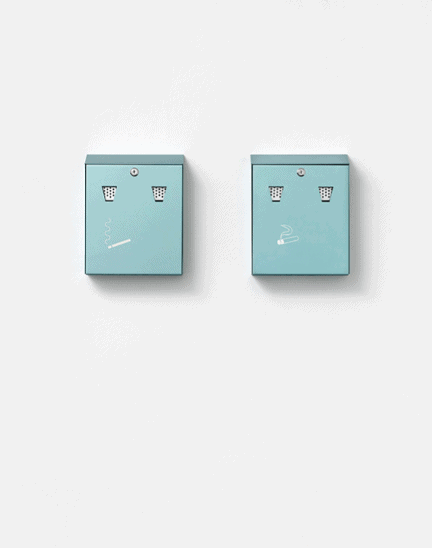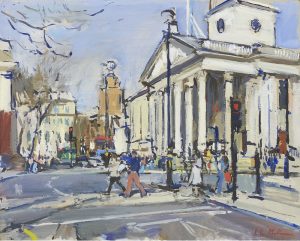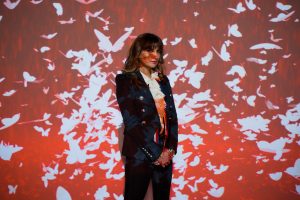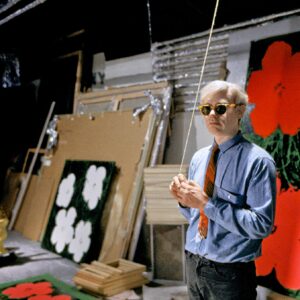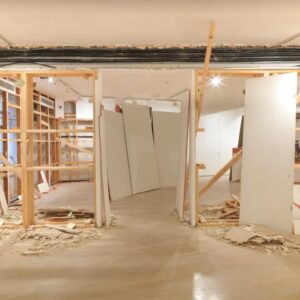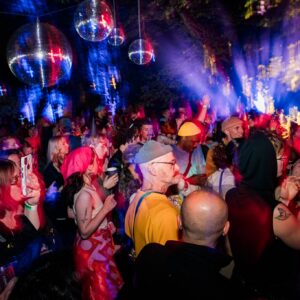Art fairs have always been one of the best ways to bring together collectors, enthusiasts, galleries, and artists. Their dynamic, vibrant space has allowed collectors and art enthusiasts to enjoy diverse works of artists from all over the world, but this paradigm is now shifting. The world is becoming increasingly digital, pushing art fairs to adapt to new technologies while also trying to preserve the essential human elements that have always attracted people to them.
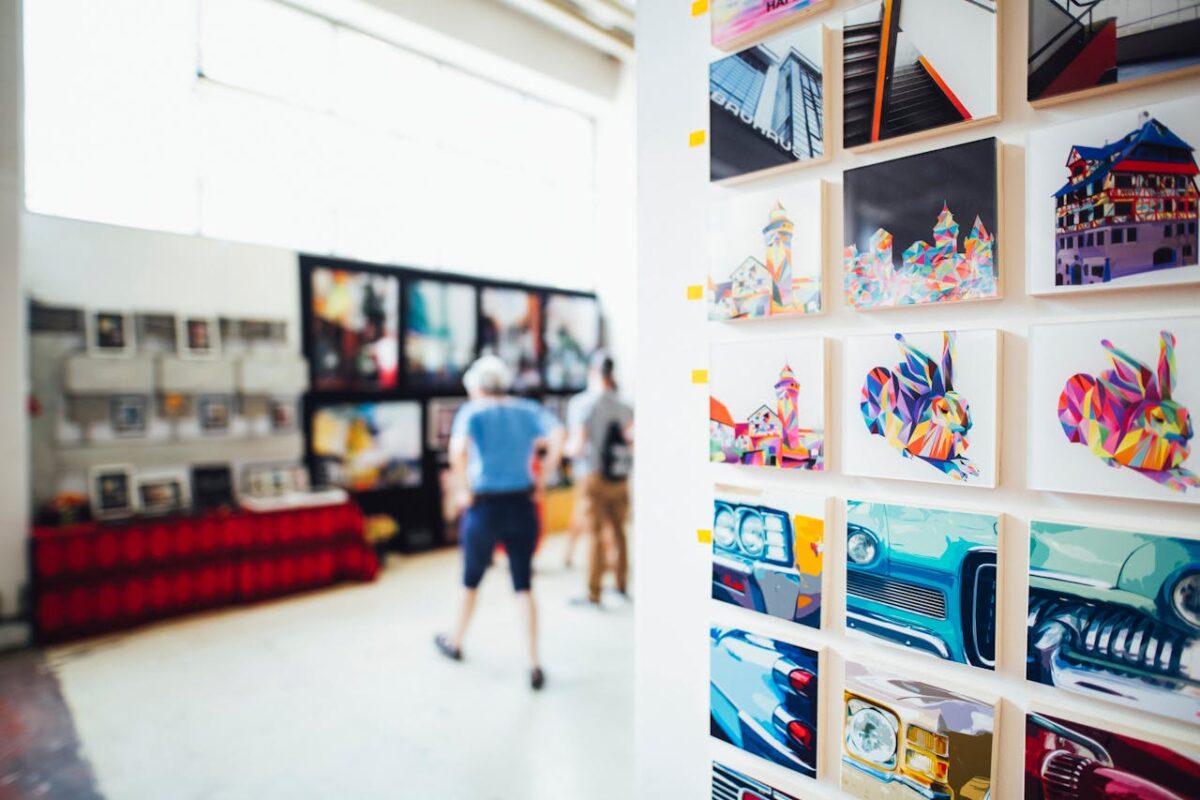
Scarcity and Exclusivity Are Past Their Prime
In the past, art galleries created and maintained their value through exclusivity and scarcity. This means they featured the best pieces, and the only way to see them was to visit the galleries or fairs. There was also a limited window to see and purchase artwork. Anyone who wanted to see the works of specific artists to make videos, create GIF, and showcase such work on social media through these mediums had to travel to where these works were being showcased.
The digital transformation happening in this world has changed this model and made art more accessible. However, it is important to remember that this has not diminished the role of art fairs but has instead encouraged innovations in how artists and organizers create and deliver the same value to enthusiasts who want to enjoy such works.
The Rise of Digital Integration
The most successful art fair organizers have realised that digital integration can be an enhancement rather than a replacement for the physical art-enjoying experience. For this reason, they are developing and have, in many cases, developed platforms that serve multiple while still providing the superior experiences enthusiasts expect.
An area of focus is virtual viewing rooms and experiences. Many contemporary art fairs are now offering detailed virtual previews of their fairs in advance. This allows art lovers and collectors to research artwork beforehand so they can make the best decisions when they visit.
These preview rooms and experiences include high-resolution images and, in many cases, augmented reality features that allow collectors to visualise art before seeing it in person.
Providing Interactive and Immersive Experiences
This brings us to virtual reality and augmented reality. We have seen these technologies used in several areas where visualization is needed, and we are now seeing them used as part of complete digital experiences in art fairs.
These technologies allow organizers to create immersive environments that engage enthusiasts and collectors in ways that were not possible in the past. In addition to viewing, attendees can also interact with artworks in different ways. This has proven to be an excellent way of transforming the digital enjoyment experienced from passive observation to active participation.
Adopting Hybrid Formats and Options
Art fairs have always aimed to attract as many people as possible. The challenge is that not everyone could travel to attend the fairs, and there was also the issue of the small window within which to enjoy the works of different artists.
This is no longer a challenge due to the use of digital solutions. Organizers are now adopting hybrid formats that integrate online components into physical events. This means attendees who can visit the physical fairs can experience the exhibits that way, while those who are unable can do the same virtually.
In addition to enhancing engagement and accessibility, this option has led to a more diverse audience participating in fairs. It has also increased the exposure of the featured creators because many more people can view their works in person or digitally.
A Switch To Year-round Exhibits
We have mentioned several times that there used to only be a small window within which to visit art fairs and see the world of different artists. The traditional model was that of biannual or annual fairs, but this too is changing.
Using digital platforms to showcase art means organizers can create continuous engagement opportunities throughout the year.
An additional benefit is these fairs becoming facilitators between the community and content creators due to the engagement between the two for much longer. The organizers can keep these engagements going through artist interviews, studio visits, curator-led tours and other types of content posted and hosted on different digital platforms.
This ongoing presence and art availability help maintain relationships between physical events and create multiple touchpoints for engagement between creators and the art community.
While it did not seem so a few decades ago, it is now obvious that the future of art fairs lies in combining different physical and digital experiences. It is up to the organizers to find ways to combine both to create much better experiences than if they only adopted one of these strategies. By doing this, they can ensure art fairs preserve the essence that makes art enjoyable and valuable while remaining a crucial area of human engagement and exchange in an increasingly digital world.
